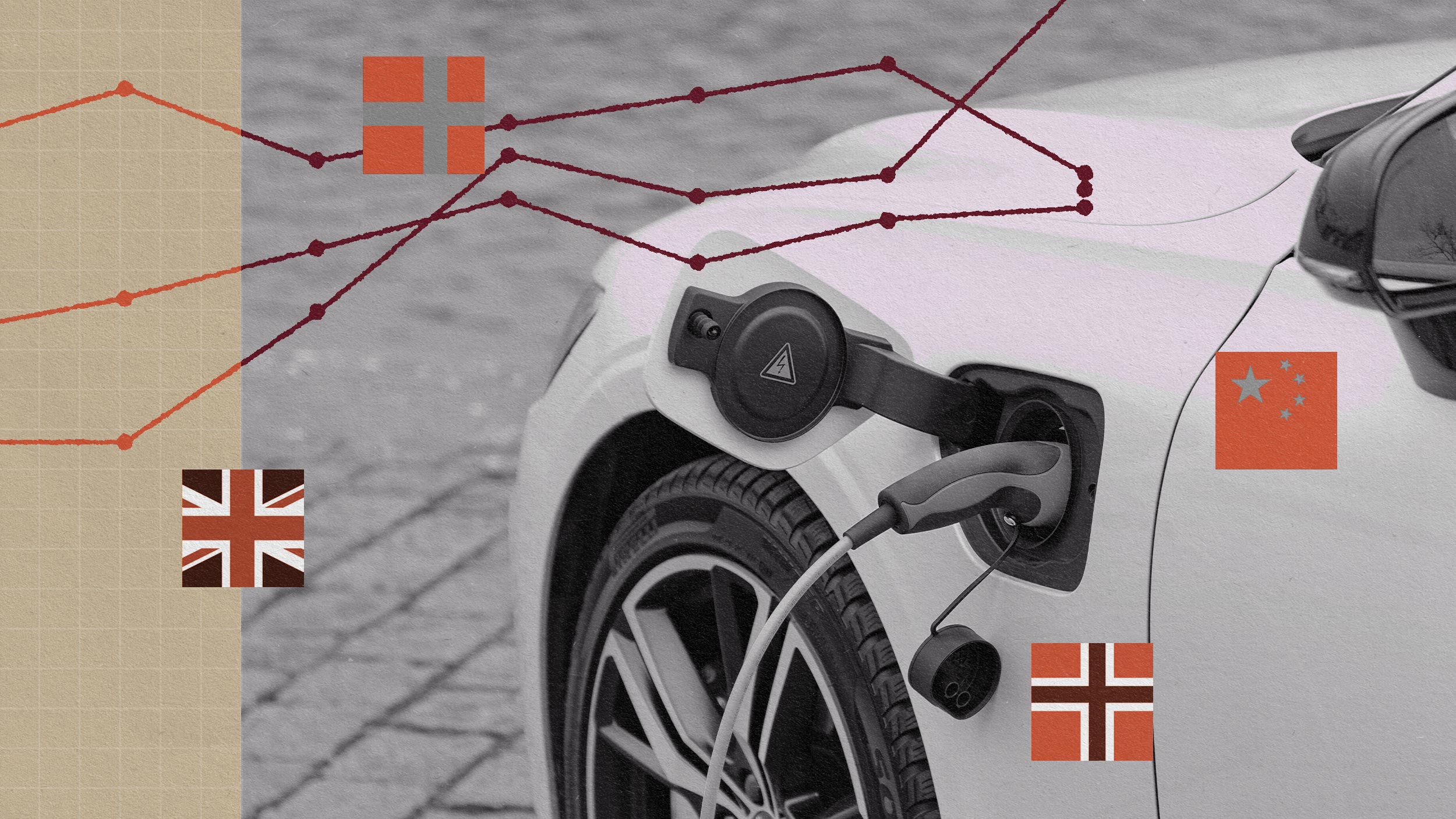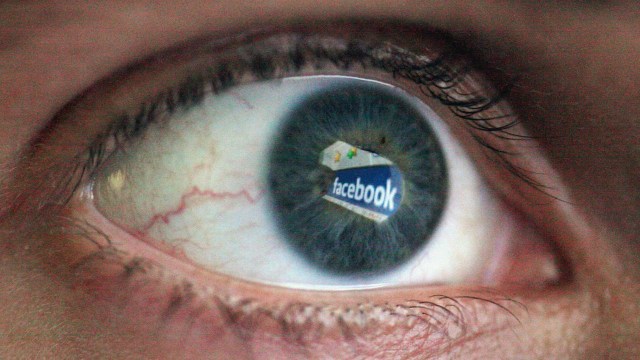Google to Purchase 100% Alternative Energy Sources in 2017

Google’s about to become the world’s largest green company.
According to The New York Times, the tech giant used as much energy in 2016 as the entire city of San Francisco. That’s enough energy to power half a million American homes in the same time frame. Why? “Google’s energy costs are much higher than usual because in addition to powering its offices, Google also runs several large data servers in many parts of the world,” Popular Mechanics reports. Google’s noticed that, too – and it’s decided to take action.
In 2017, Google hopes to stop its energy drain by using only solar and wind technologies to power its headquarters and all worldwide data centers. “What Google has done over the last decade, with relatively little fanfare, is participate in a number of large-scale deals with renewable producers, typically guaranteeing to buy the energy they produce with their wind turbines and solar cells,” reports The Times. Those guarantees, known as Renewable Energy Certificates, allow producers to obtain financing that helps them purchase more turbines or solar cells. Google plans to have all of its facilities and campuses purchase enough certificates to cover 100% of its energy output by next year.
Google’s current renewable energy contracts. Credit: Yale Environment 360.
“We are the largest corporate purchaser of renewable energy in the world,” Google vice president of data centers Joseph Kava told The Times. “It’s good for the economy, good for business and good for our shareholders.” There is truth to that; Google has seen both lower energy consumption and improved efficiency since investing in renewable energy. “Compared to five years ago, the company says it now delivers 3.5 times more computing power with the same amount of electricity in certain portions of its data centers,” The Verge reports. They released a white paper to explain even more about their data savings.
Google’s hope is that other companies will follow its lead. “I do know that a lot of learnings can be applied to other industries,” Kava told The Verge. “If you’re a large industrial plant, whether it’s petrochemical, oil and gas, or just large metal fabrication, it’s a lot of the same things. Power going in, which means heat, and getting that heat out.”
Google hopes other tech companies will adopt alternative energy sources as well. “Microsoft says it has been 100 percent carbon neutral since 2014, but much of this comes from the purchase of carbon offsets,” The Times explains “which are investments in things like tree planting or renewables projects.” If Microsoft were to follow Google’s lead and invest in renewable energy rather than purchase carbon offsets, the tech industry might very well help alternative energies gain enough traction to become viable mainstream power sources.
For all of its potential, there are a few caveats to Google’s plan. Namely, it isn’t actually going to power anything with renewable energy. It’s just going to invest in it. “If they think they can actually support themselves with wind and solar panels, they should connect them directly to their data centers,” Chris Warren, vice president of communications at the Institute for Energy Research (and alleged fossil fuel fan), told The Times. “In my mind it’s a PR gimmick.”
Yet, “Google support for the [alternative energy] industry could keep prices dropping, particularly relative to things like coal,” reports The Times. If Google succeeds, it will become the first large corporation to run entirely on clean energy and that, as environmental strategy consultant Andrew Winston told us, could change the world for the better:





